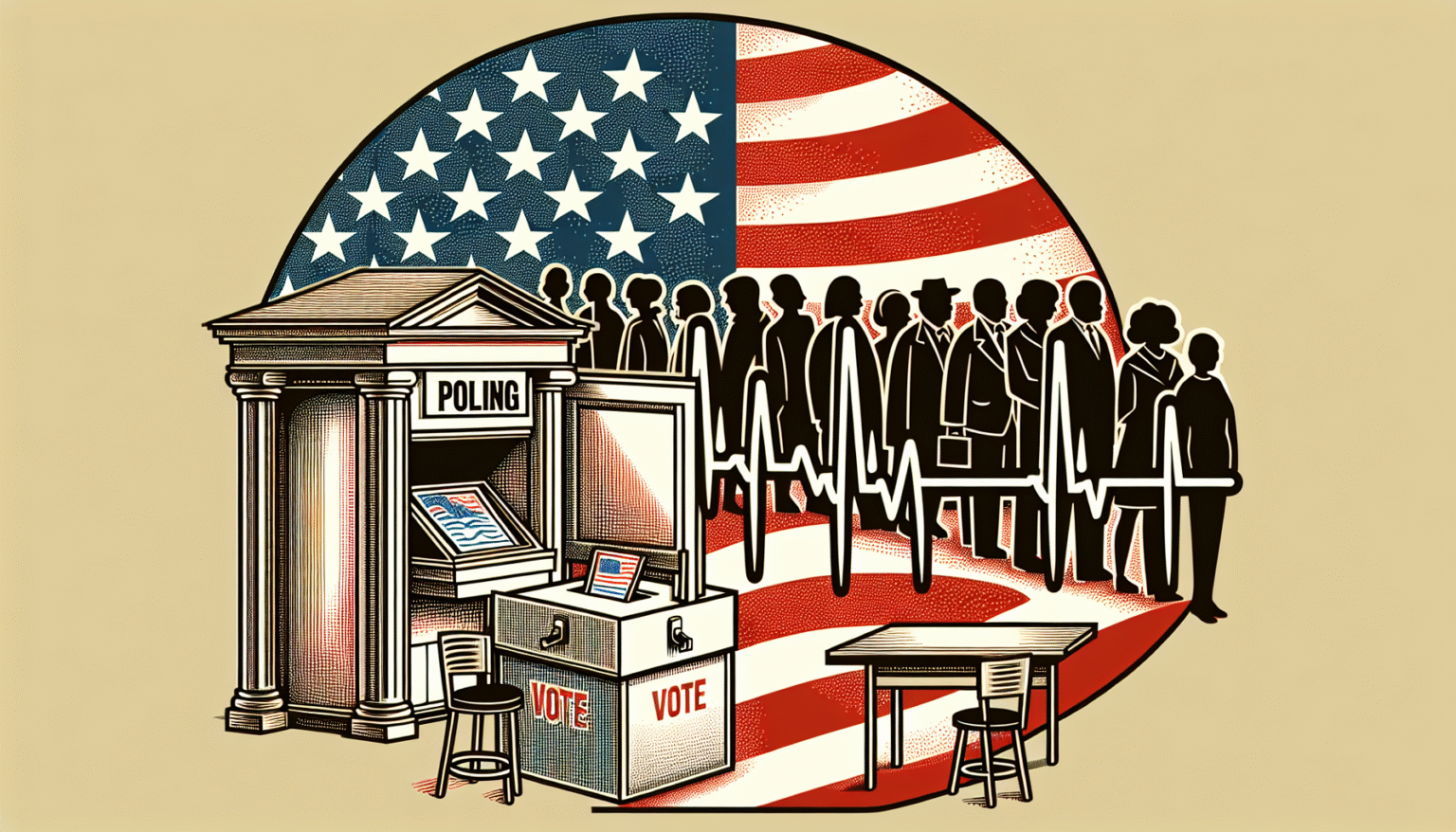Elections: The Pulse of American Democracy
Understanding American Elections
Elections are an essential component of American democracy, serving as a mechanism through which citizens express their will and choose their leaders. The electoral process is designed to ensure that government representation is reflective of the populace’s desires, making elections a critical benchmark for the health of democracy in the United States.
Types of Elections in the U.S.
The American electoral system comprises various types of elections, primarily categorized as federal, state, and local elections.
-
Federal Elections: These include elections for the President, Vice President, and Members of Congress (Senators and Representatives). Presidential elections occur every four years, while congressional elections take place every two years.
-
State Elections: These elections involve state governors, state legislators, and other state officials. Governors are typically elected every four years, although some states have different terms.
-
Local Elections: Local elections cover a wide range of offices and issues, including mayors, city councils, and school boards. The frequency and type of these elections vary significantly depending on the locality.
The Electoral Process
The electoral process in the United States is characterized by several stages, including registration, campaigning, voting, and vote counting.
Voter Registration
Voter registration is the first step toward participating in elections. Each state has its own rules regarding registration deadlines, eligibility, and methods, including online, in-person, and mail-in registration. The National Voter Registration Act of 1993 aimed to increase voter registration, making it easier for citizens to register and participate.
Campaigning
Campaigning is a crucial aspect of elections. Candidates engage in various strategies to reach potential voters, including debates, rallies, advertisements, and door-to-door canvassing. Digital media plays an increasingly significant role in modern campaigns, allowing candidates to target specific demographics more effectively.
Voting
Voting can occur in several ways, including in-person on Election Day, early voting, and absentee voting. Each method has its advantages and disadvantages, with early voting and absentee ballots intended to increase voter participation by providing more access.
Vote Counting and Reporting
Once the polls close, election officials begin the process of counting votes. The counting process can vary by state and technology used, including optical scan systems or electronic voting machines. Transparency in counting is crucial for public confidence, leading to calls for independent audits and verification processes in many states.
Key Issues in Elections
Elections are often framed by significant issues that dominate the political landscape. These issues vary from election to election but are crucial in influencing voter behavior.
-
Voting Rights: Access to the ballot is a fundamental right in a democracy. Issues related to voter suppression, gerrymandering, and ID laws are highly contentious and can significantly impact election outcomes.
-
Campaign Finance: The way campaigns are financed affects the electoral process substantially. The Citizens United v. FEC decision in 2010 allowed for increased corporate spending in elections, leading to ongoing debates about the influence of money in politics.
-
Misinformation: The spread of misinformation, particularly on social media platforms, poses a significant threat to informed voting. Efforts to combat misinformation include fact-checking organizations and platform policies aimed at reducing false narratives.
Voter Participation Trends
Voter turnout in the United States has historically varied, often influenced by factors such as socioeconomic status, age, and education.
-
Historical Trends: Voter turnout tends to be higher during presidential elections compared to mid-term elections. The 2020 presidential election saw one of the highest turnouts in recent history, driven by high stakes and increased public engagement.
-
Demographics: Different demographic groups participate at varying rates. For instance, younger voters and minority groups have historically turned out at lower rates than older, white voters. Efforts to engage these groups are essential for a more representative democracy.
The Role of Technology
Technological advancement has had a profound impact on elections, from voter registration to vote counting. Voter databases, electronic voting machines, and online campaigning tools have changed how elections are conducted.
-
Digital Campaigning: Social media platforms like Twitter, Facebook, and Instagram have become vital tools for political communication, allowing candidates to engage with voters directly and instantly.
-
Online Voting: Although still a debated topic, online voting could increase accessibility for many voters. Security concerns and vulnerability to cyber threats are major factors in the ongoing discussion.
-
Data Analytics: Political campaigns increasingly rely on data analytics to target voters based on demographic information, preferences, and behavior patterns. Data-driven campaigning can significantly impact strategy and outreach.
The Importance of Local Elections
While federal elections garner the most attention, local elections are equally vital. Local officials make decisions that affect daily life, from school funding to public transportation.
-
Civic Engagement: Encouraging voter participation at the local level is crucial for a robust democracy. Local elections often have less frequent media coverage, leading to lower voter awareness and participation.
-
Community Impact: The outcomes of local elections can lead to significant changes in policies and initiatives that directly impact the community, emphasizing the need for informed voting.
The Future of Elections in America
As the political landscape evolves, so too do the challenges and opportunities facing American elections.
-
Election Security: Ensuring safe and secure elections is paramount. Measures to safeguard electoral processes from foreign interference or domestic threats are essential for maintaining public trust.
-
Inclusivity: There is a growing call for reforms aimed at making elections more inclusive, particularly for marginalized communities. Initiatives like automatic voter registration and expanded voting access are gaining bipartisan support.
-
Educational Initiatives: Voter education campaigns are crucial for improving civic knowledge among citizens. Understanding how to register, where to vote, and the importance of participation can empower voters.
Conclusion
Elections are not merely events; they are the foundational bedrock of American democracy. Through understanding the process, recognizing key issues, and actively participating, citizens ensure that their voices resonate across the corridors of power. By engaging with elections, Americans affirm their commitment to democracy and the shared values that bind the nation.






